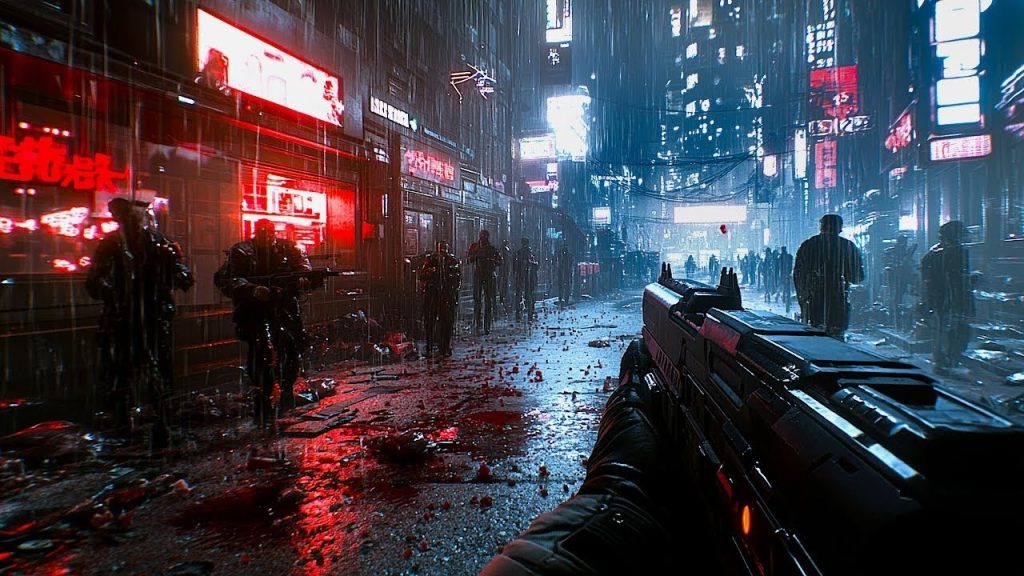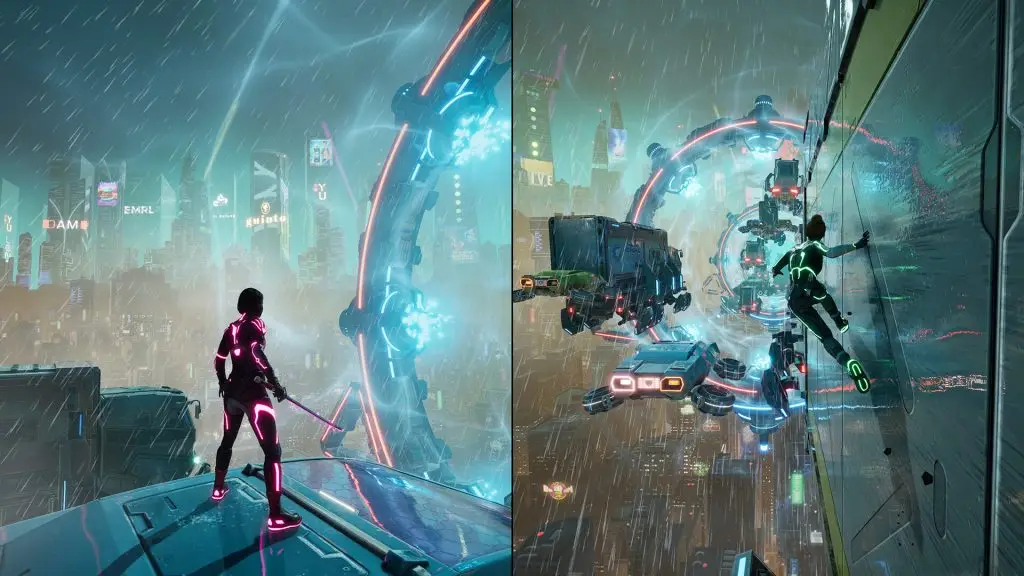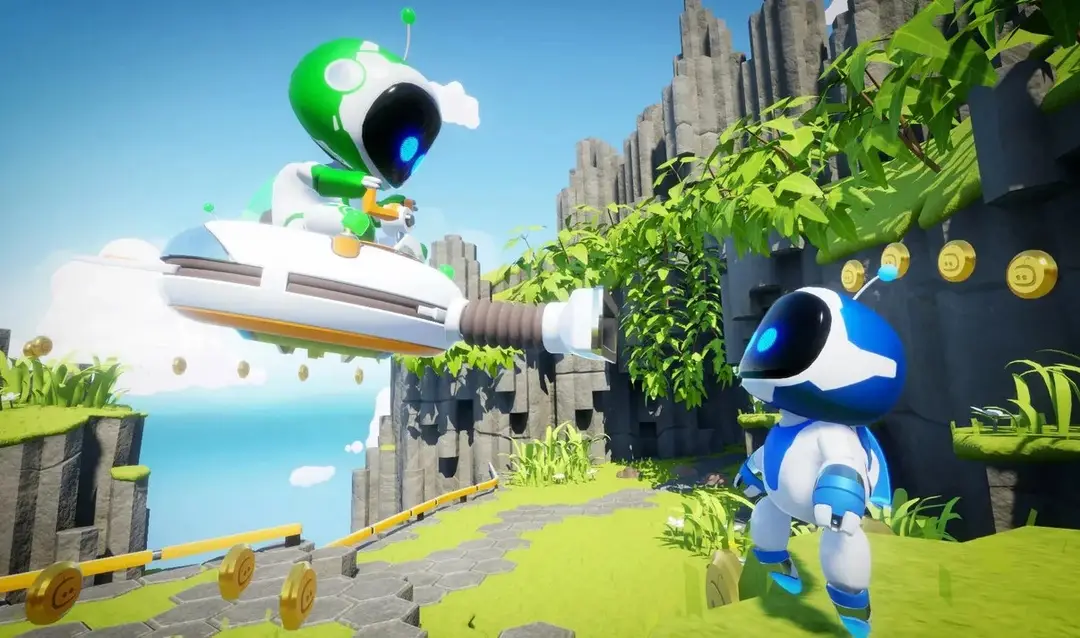Platformers continue to adapt to modern tastes, while remaining one of the most resilient and inventive genres. The fast-paced, precise controls, clear visual language, and the ability to build gameplay around a simple yet profound idea continue to attract both developers and audiences. Independent studios and renowned publishers are preparing a series of releases that enhance genre diversity and offer innovative gameplay mechanics. In this article, we will delve into the details of the platformers that are set to release on PC in 2025, highlighting the ones that deserve special attention and explaining why.

Trends and Approaches in Platform Games: What New Features Will Be Released in 2025
Modern platformers operate at the intersection of genres. Games combine elements of metroidvania, roguelike, puzzle, action-RPG and simulation. Authors experiment with level architecture, narrative presentation, integration of sound and physics. Developers move away from linearity, offer open worlds, reactive environment and original ways of navigation. There are more and more projects that use platformer mechanics not as a basis, but as an expressive means.
Aesthetics is another zone of creativity. Games in 2025 are turning to pixel art, pseudo-retro style, hand-drawn animation, stylization under the graphics of the 90s. Many use dark noir, minimalism, concept design based on AI or animation of animated films. At the same time, inside – high-precision gameplay, adjusted for milliseconds, and calculation for tactile responsiveness.
Which platformers will be released on PC in 2025: Top 10
 The 2025 platformers are not just a genre line, but a diverse palette of ideas. Developers are shifting the focus from the classic “jump-trap-target” scheme to experimenting with form, mechanics, and narrative. Games are adapting the style of movies, music, physics, biomechanics, and even data structures. The selection includes ten projects that not only answer the question of which platformers will be released on PC in 2025, but also redefine the concept of direction as a form of interactive art:
The 2025 platformers are not just a genre line, but a diverse palette of ideas. Developers are shifting the focus from the classic “jump-trap-target” scheme to experimenting with form, mechanics, and narrative. Games are adapting the style of movies, music, physics, biomechanics, and even data structures. The selection includes ten projects that not only answer the question of which platformers will be released on PC in 2025, but also redefine the concept of direction as a form of interactive art:
- Hollow Realms. A new chapter in the spirit of Hollow Knight, but with an open world based on procedural generation. Each run creates unique routes and enemy combinations. The focus has shifted to rhythm, stealth attacks, and vertical movement. The developers have implemented parkour, chains, gravity control, and real-time weather changes.
- Shadow Loop. A side-scrolling game with time loop elements. Levels restart every 45 seconds, and the player retains knowledge and resources. You need to memorize patterns, plan your route, and act quickly. The graphics are reminiscent of 1990s DOS games, and the soundtrack is a mix of chiptunes and synthwave.
- Spirit Construct. A philosophical platformer with an isometric twist. The player controls a neuroform that changes the properties of levels, reflections, and shadows. Every move rewrites space, creating and destroying it, and providing support. The narrative is embedded in the architecture, read through walls, objects, and light.
- Echo’s Thread. A minimalist title similar to Limbo and Inside. The levels are made up of light, fabric, and shadows. The mechanics are based on interacting with threads that connect objects. The gameplay offers solutions based on tension, center of mass displacement, and rhythm. The sound is synchronized with the movement and visuals.
- Veins of Steel. An arcade platformer with elements of metroidvania. The action takes place in a biomechanical dungeon. The player collects implants, changes their body physics, and discovers new paths through transformations. Visually, it is a hybrid of HR Giger and the aesthetics of 16-bit systems.
- Comet Slasher. A horizontal runner with a focus on speed. The mechanics are based on ultra-reaction: every pixel jump and turn affects the result. Support for custom levels, ranked races, and milliseconds competitions. The style is inspired by comics and punk aesthetics.
- Glassborn. A project based on the Unreal 5 engine that uses ray tracing and destructible physics. Platforming takes place inside a crystal tower, where any movement breaks the path. Platforms are self-generated, but they lose stability upon re-contact. Special attention is given to light, reflections, and transparency.
- Zefir Halls. A surreal platformer where the player controls the sound frequency. Levels are activated through timbre, rhythm, and frequency range. The game combines musical improvisation with jumping, where the tempo determines the outcome. The platforms resemble abstract installations.
- Terminal Run. A retro-futuristic story about escaping through ruined digital worlds. The mechanics are based on changing the state of a file: the player “rewrites” levels through actions. Visually, the project is inspired by terminal graphics, ASCII art, and the aesthetics of early hacker films.
- Ecliptica. A platformer with a two-level space: each level is duplicated in a reflected reality. The player switches between the layers by solving spatial puzzles. The camera shifts, rotates, and deviates depending on the context. The gameplay requires calculating movements in two coordinate systems.
A variety of approaches and niches
Projects from 2025 demonstrate a wealth of visual and mechanical solutions. Some rely on reaction skills and speed, such as Comet Slasher or Terminal Run. Others play on associations, rhythms, and even intuitive interaction, like Zefir Halls or Echo’s Thread. Games like Glassborn create platforming as a tactile experience, where every step affects the environment. Developers use aesthetics as a form of mechanics, sound as a resource, and light as a means of navigation. The approach has become not only technical, but also expressive.
The genre has ceased to be a niche form of entertainment. Today, it serves as a field for design experiments, sound forms, and narrative innovations. While the core remains the same, each title redefines the fundamentals in its own way. When asked about the platformers that will be released on PC in 2025, the answer encompasses a wide range, from minimalist meditations to high-speed techno-arcades.
Technologies and innovations
New concepts actively use RTX, animation through AI systems, procedural generation of sound and materials. Many offer their own level editors, support for Steam Workshop, modular scaling of complexity. Layers are no longer predefined – the player builds, destroys, re-flashes the environment. The introduction of physical calculations (for example, in Glassborn) creates variability, not scriptability. The emphasis is on reactive mechanics and adaptive architecture.

Conclusion
 You already know which platformers will be released on PC in 2025. The list includes both established classics and bold, innovative projects that have the potential to revolutionize the genre. Each game offers a unique experience built around movement, but with different focuses on meaning, sound, and light. The platformer genre is not going away; it is exploring new forms and expanding the boundaries of gameplay.
You already know which platformers will be released on PC in 2025. The list includes both established classics and bold, innovative projects that have the potential to revolutionize the genre. Each game offers a unique experience built around movement, but with different focuses on meaning, sound, and light. The platformer genre is not going away; it is exploring new forms and expanding the boundaries of gameplay.
 en
en  de
de  ar
ar  es
es  nl
nl  hi
hi  fr
fr  it
it  pt
pt  el
el 










